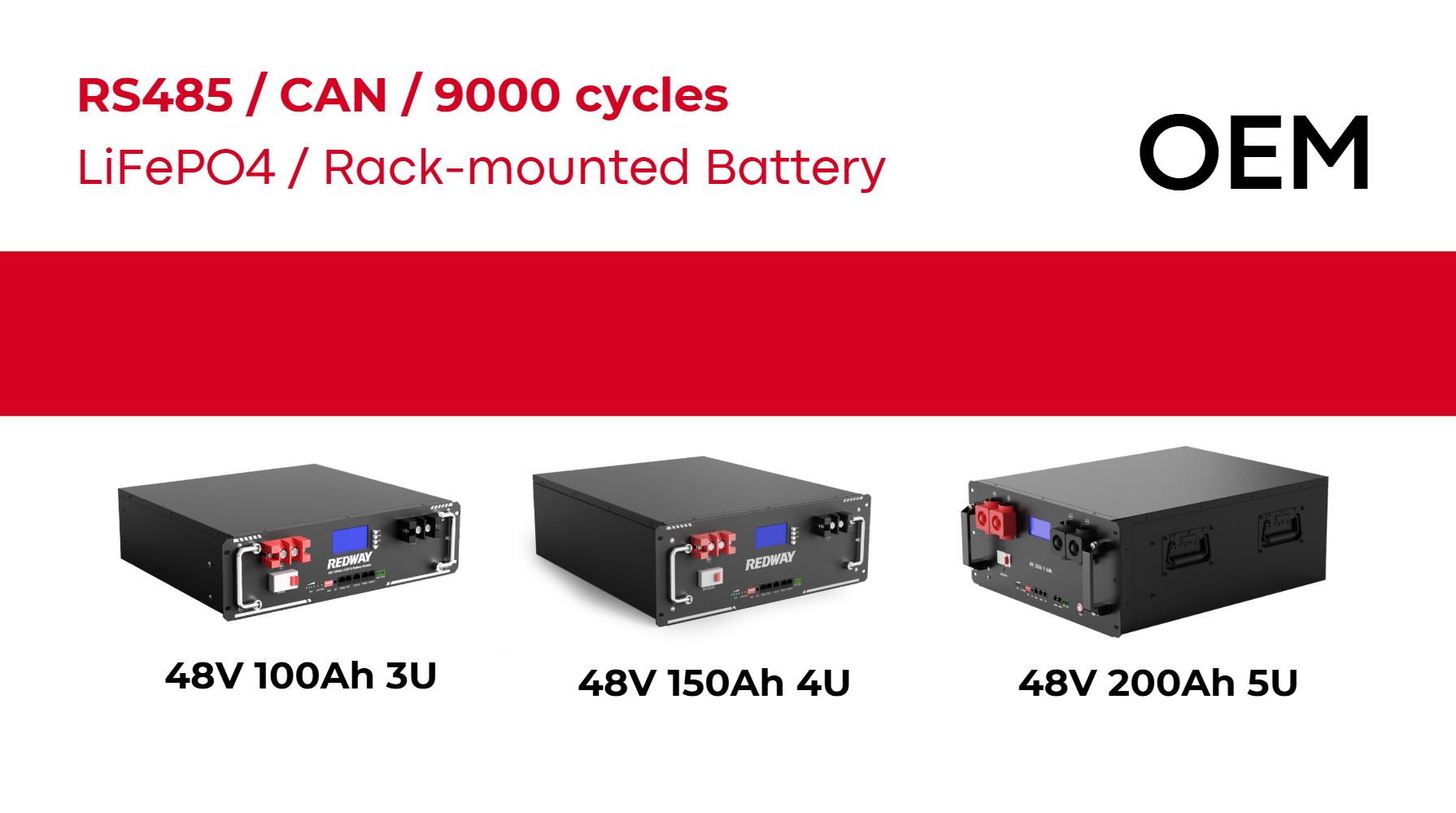Batteries store excess energy from renewable sources like solar and wind, ensuring consistent power supply during periods of low generation. They stabilize grids, reduce reliance on fossil fuels, and enable off-grid solutions. Advanced battery technologies, such as lithium-ion and flow batteries, improve efficiency and scalability, making renewable energy systems more reliable and sustainable.
What Are the Key Types of Batteries Used in Renewable Energy?
Lithium-ion batteries dominate due to high energy density and declining costs. Flow batteries offer scalability for grid storage, while lead-acid batteries remain cost-effective for small-scale applications. Emerging technologies like solid-state and sodium-ion batteries promise enhanced safety and sustainability. Each type serves specific roles based on capacity, discharge rates, and environmental conditions.
How Do Batteries Stabilize Renewable Energy Grids?
Batteries mitigate intermittency by storing surplus energy during peak production and discharging it during demand spikes or low generation. They provide frequency regulation, voltage support, and black-start capabilities, enhancing grid resilience. Large-scale battery storage systems, like Tesla’s Hornsdale project, demonstrate rapid response times, reducing reliance on gas peaker plants and minimizing carbon emissions.
What Are the Environmental Impacts of Battery Production?
Battery production involves mining lithium, cobalt, and nickel, which can cause habitat destruction and water pollution. Manufacturing processes generate CO2 emissions, though lifecycle analyses show renewables paired with batteries still outperform fossil fuels. Recycling initiatives and ethical sourcing policies aim to reduce ecological harm, while solid-state and lithium-free alternatives promise greener futures.
How Is Battery Technology Evolving to Support Renewables?
Innovations include higher energy densities, faster charging, and longer lifespans. Research focuses on reducing rare-material dependency, with sodium-sulfur and iron-air batteries gaining traction. AI-driven energy management systems optimize storage deployment. Second-life applications repurpose EV batteries for grid storage, extending usability and reducing waste.
Can Batteries Make Renewable Energy Affordable for Developing Nations?
Declining battery costs and modular designs enable decentralized solar+storage solutions in regions lacking grid infrastructure. Initiatives like India’s Solar Mission leverage batteries to electrify rural areas. However, upfront costs and financing barriers persist. Partnerships between governments and manufacturers aim to subsidize systems and promote energy equity.
What Role Do Policies Play in Battery-Ready Renewable Systems?
Governments incentivize storage adoption through tax credits, grants, and renewable mandates. The U.S. Inflation Reduction Act allocates $370 billion for clean energy, including storage. EU regulations enforce recycling targets, while Australia’s Renewable Energy Target funds grid-scale projects. Policy frameworks accelerate innovation and ensure alignment with net-zero goals.
Expert Views
“Battery storage is the linchpin of the renewable transition. At Redway, we’re pioneering hybrid systems that integrate AI with lithium-iron-phosphate batteries to maximize ROI for commercial solar projects. The next decade will focus on standardizing recycling processes and scaling hydrogen-battery hybrids to meet industrial demand.” — Redway Energy Storage Expert
Conclusion
Batteries are indispensable for unlocking renewable energy’s full potential, addressing intermittency, and decarbonizing grids. While challenges like resource scarcity and costs persist, technological advancements and supportive policies are driving rapid adoption. Strategic investments in R&D and recycling will ensure sustainable, equitable energy access globally.
FAQs
How Long Do Solar Batteries Last?
Most solar batteries last 10–15 years, depending on chemistry and usage. Lithium-ion batteries typically endure 6,000–10,000 cycles, while lead-acid variants last 3–5 years. Regular maintenance and avoiding deep discharges extend lifespan.
Are Home Battery Systems Worth the Cost?
Yes, for regions with frequent outages or high electricity rates. Systems like Tesla Powerwall reduce grid dependence and lower bills via time-of-use arbitrage. Payback periods range from 7–12 years, aided by falling prices and incentives.
What Happens to Dead EV Batteries?
95% of EV battery materials can be recycled into new batteries or repurposed for grid storage. Companies like Redwood Materials and Northvolt are scaling recycling facilities to recover lithium, cobalt, and nickel, reducing mining demand.




